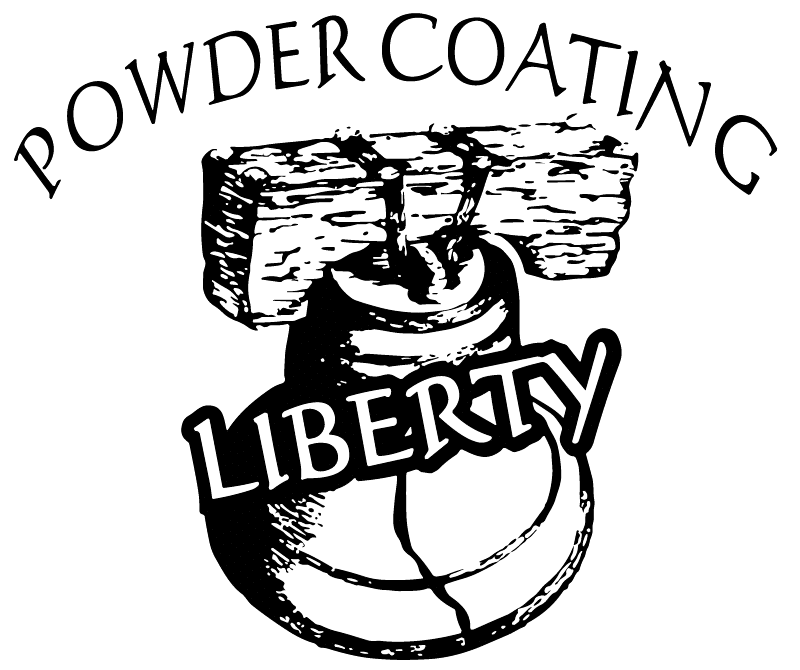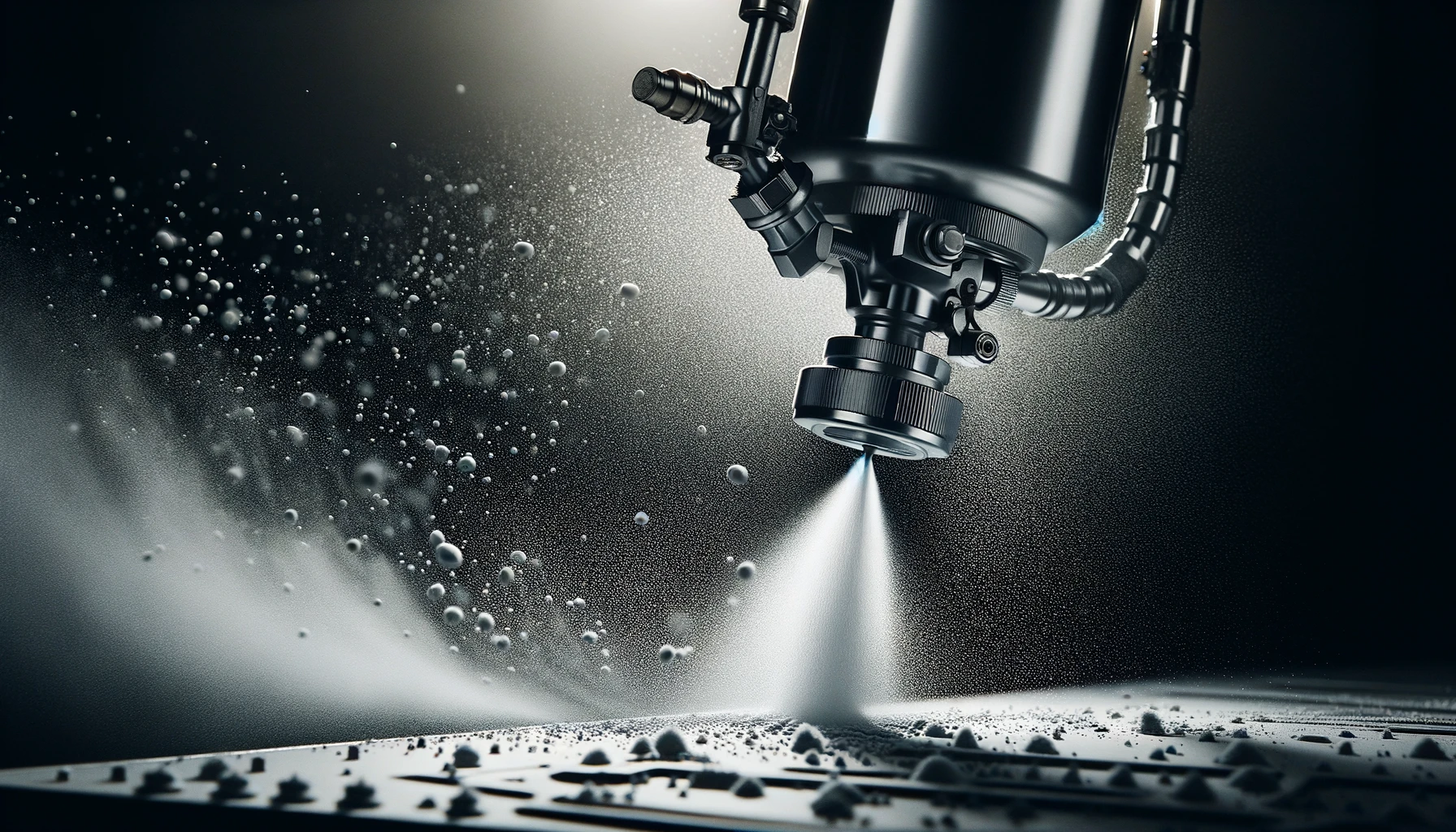Which method of painting is right for your project?
Choosing the right finishing method for your project is crucial, as it can significantly impact the appearance, durability, and overall quality of the final product. When it comes to coating surfaces, two popular options emerge: powder coating and traditional painting. Each method has its unique advantages and considerations, making the decision a critical one. In this article, we’ll explore the differences between powder coating and traditional painting to help you determine which is right for your project.
Powder Coating:
Powder coating is a dry finishing process that involves applying a finely ground powder made of pigment and resin onto a surface. This powder is electrostatically charged, causing it to adhere to the surface evenly. The coated item is then cured in an oven, where the powder melts and forms a durable, protective layer. Powder coating offers several distinct advantages over traditional painting:
Durability: One of the primary benefits of powder coating is its exceptional durability. The cured powder forms a tough, abrasion-resistant finish that is highly resistant to chips, scratches, and corrosion. This makes powder coating ideal for products exposed to harsh environments or heavy use.
Versatility: Powder coating provides a wide range of color options and finishes, including gloss, matte, and textured finishes. This versatility allows for endless customization possibilities, making it suitable for a variety of applications across different industries.
Environmental Friendliness: Unlike traditional solvent-based paints, powder coating produces minimal volatile organic compounds (VOCs) and hazardous air pollutants (HAPs), making it environmentally friendly. Additionally, overspray from the powder coating process can be collected and recycled, reducing waste and environmental impact.
Traditional Painting:
Traditional painting involves applying liquid paint to a surface using brushes, rollers, or spray guns. The paint typically consists of pigment, binder, solvent, and additives, which are mixed together to form a uniform coating. While traditional painting has been widely used for centuries, it does have some limitations compared to powder coating:
Adhesion and Coverage: Liquid paint may not adhere as uniformly to the surface as powder coating, leading to potential issues with coverage and adhesion. Additionally, traditional paint may require multiple coats to achieve the desired thickness and appearance, increasing labor and material costs.
Drying Time: Traditional paint requires time to dry and cure, which can extend the overall project timeline. Depending on environmental conditions and the type of paint used, drying times can vary significantly, delaying subsequent processes or installations.
Maintenance: While traditional paint can provide satisfactory results for many applications, it may not offer the same level of durability and resistance to wear and tear as powder coating. Regular maintenance, such as repainting or touch-ups, may be required to maintain the appearance and performance of painted surfaces.
Which is Right for Your Project?
The choice between powder coating and traditional painting ultimately depends on your project requirements, budget, and preferences. If durability, versatility, and environmental sustainability are paramount, powder coating may be the ideal solution. However, if you have budget constraints or specific aesthetic preferences, traditional painting may still be a viable option.
In conclusion, both powder coating and traditional painting offer distinct advantages and considerations. By understanding the differences between the two methods and evaluating your project needs carefully, you can make an informed decision that ensures the success and longevity of your finished product. Whether you opt for the durability of powder coating or the versatility of traditional painting, choosing the right finishing method is key to achieving the desired results for your project.

